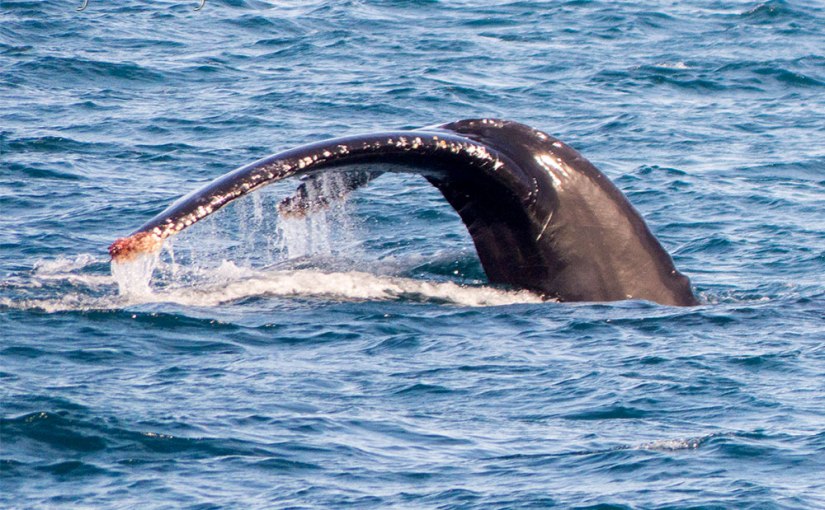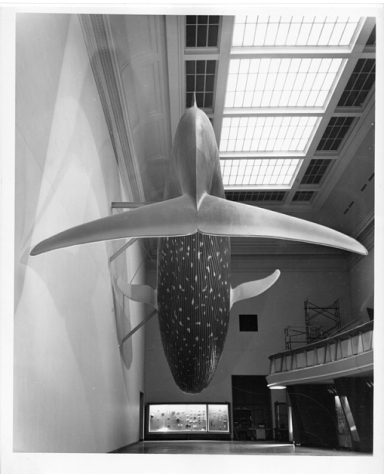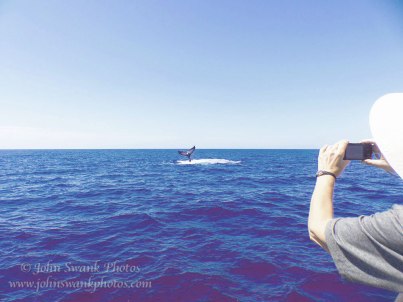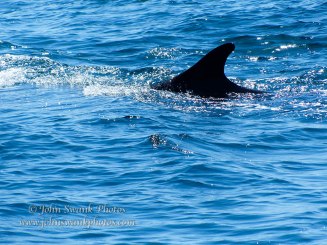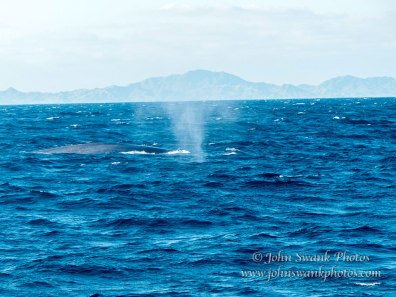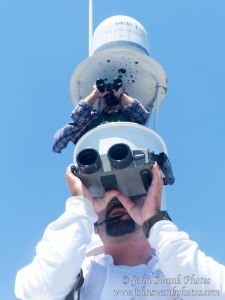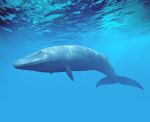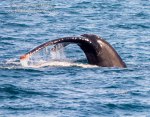
Ok, so here’s the thing—when were you last awed? Saw something or did something that was awesome? Please leave a comment at the end of this blog. It’s worth comtemplating, because according to an op-ed piece in The New York Times, being awed makes us better humans. (I greatly shortened the essay’s message, read it all here at: http://www.nytimes.com/2015/05/24/opinion/sunday/why-do-we-experience-awe.html).

My answer would be touching and even bending to kiss a grey whale in Baja California. Okay, so my bird nerd-eco friends are now rolling their eyes… but this has nothing to do with science or with observation. “Friendly encounters” in Laguna San Ignacio Lagoon are awesome events. Of course, they are strictly controlled. Only Mexican operated/licensed panga (small, 8-10 people) boats are allowed, and only in a tiny fraction of the lagoon. If a whale is spotted, the operators, who are local fishermen, approach gently, leaving at least 30 yards between the boat and the whale. Then they cut the motor. The only enticement, if you can call it that, is reaching over the side of the boat and flipping sea water into the air. The panga drivers sometimes use cut-off gallon jugs (conveniently, they also could be used for bailing).
For some reason, the gray whales seem to like water splashed on their faces. No one knows why, nor does anyone really know why they seek out humans. No food is exchanged, there is no other attraction–other than splashing water and having a good scratch on the underside of the boat. (That does rock the boat, but not violently.)

The tradition of friendly gray whales goes back to the 1970s, and began with fishermen. Now, mother whales bring their calves over, particularly in April when they are the only ones left in the lagoon before their trek to the Arctic. Females nudge their calves toward the pangas filled with people. (See my husband, John’s, Mother’s Day video: http://wp.me/p3hDGb-to).
The Searcher naturalist in our boat, who has visited Baja many times, noted that years ago he had probably petted some of the whales who were now introducing their young to us. As he spoke, he almost cried and so did I. At one time, our boat was surrounded by three mothers (each as long as a school bus) and three calves. That was awesome, goosebumps and all.

How about you? When have you experienced awe?


